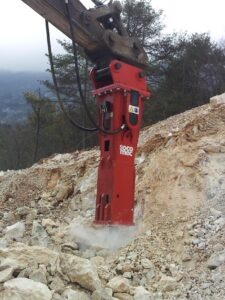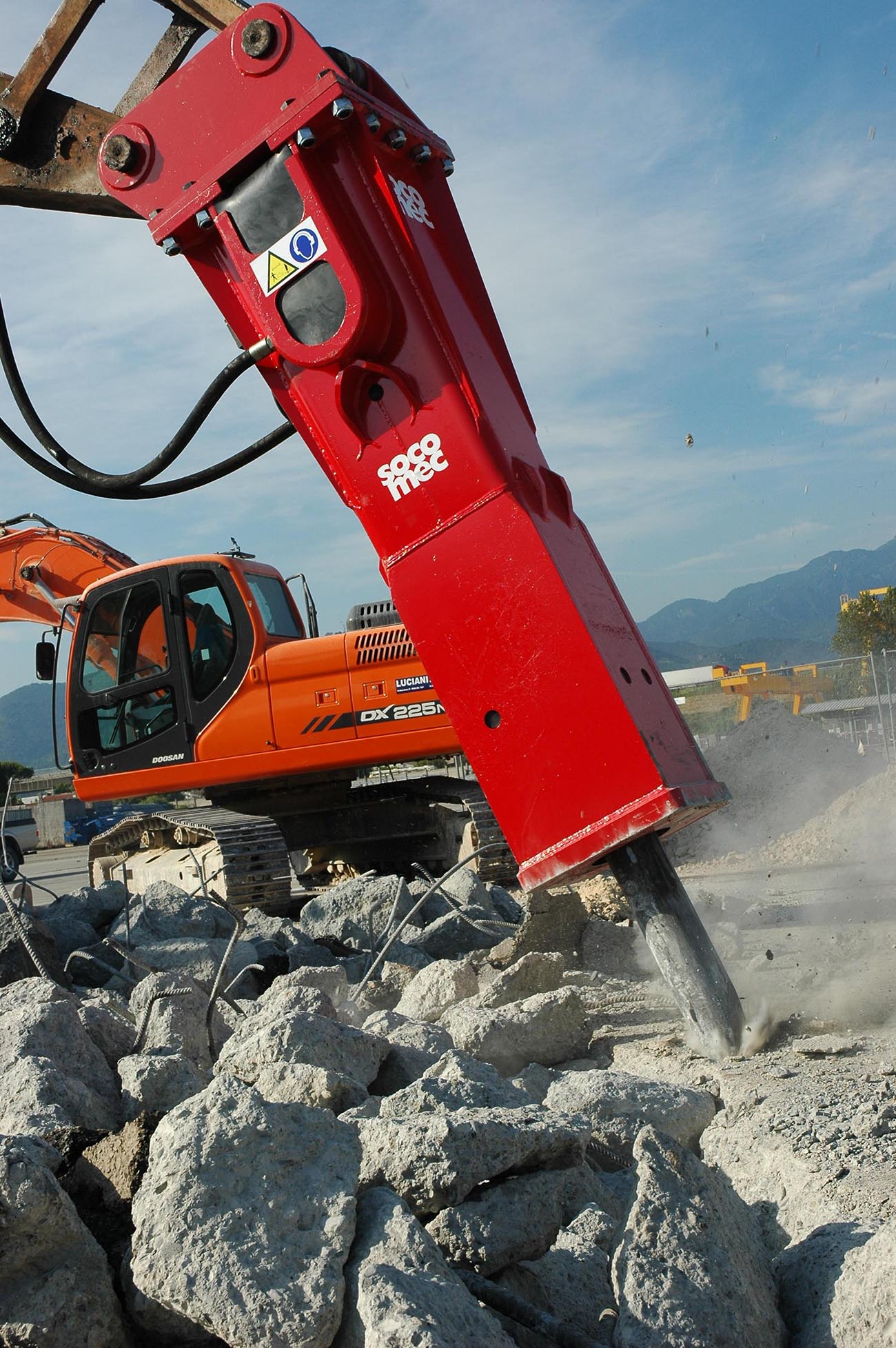We have compiled some of our most commonly asked questions below; in the hope it will help answer some shared concerns and queries quickly and concisely.
If you need more in depth information, or just generally want to have a chat about our breakers and what we can do for you, the Contatore team is just a phone call away.
When hiring a breaker, do we get charged for stand down?
On request we don’t charge for stand down, so you can have the breaker on site and only be charged for the days it works.
When do hire charges start? And finish?
Hire charges start when the Breaker begins working; we allow for the time taken to get to site and set up.
Similarly, we allow for the time taken to arrive back to our workshop.
Will my hammer run on any machine?
We can advise the appropriate size Breaker to suit your machine, and we have head brackets available to suit most machines. If we don’t have a head bracket to suit, we can manufacture one at no extra hire cost to the customer.
Why has the breaker impact weakened?
The breaker impact may have weakened due to one of the following:
- Low accumulator charge. This can easily be fixed by one of our technicians by restoring the correct pressure.
- If using quick release couplings – possible failure or obstruction.
- Auxiliary ball valves have moved to the closed position.
- Breaker has damaged internals and or internal oil bypass.
How can I figure out if it’s the hammer or machine that’s not working properly?
Fit gauges to the pressure and tank lines to see what is happening.
In the event of a hammer malfunction, how can I avoid high repair costs?
If unsure contact the Contatore team as soon as possible; our qualified technicians will provide further guidance.
Why do shorter cycles reduce operating costs?
A lot less unnecessary damage to the breaker and shorter cycles equal more production.
How often does the seal kit need to be replaced?
This is a difficult question to answer. There are many factors to take into consideration, such as how much work the breaker does, the conditions it works in and if it is maintained. External or internal oil leakage is a sign the breaker requires some repairs and also a seal kit.
Do you offer day rentals?
Yes we do.
What do you mean by ‘DMS’ and ‘MDO’?
- DMS breakers are our small to medium models, reaching 47 tonne capacity. . The DMS range of breakers is manufactured as a sole piece made from a fully forged rod, sporting the huge advantage of having eliminated the tie rods; the main issue often encountered with traditional breakers.
- MDO breakers are our medium to large models, reaching up to 100 tonne capacity. They are equipped with a patented self-locking tightening system for the tie rods that gives them more elasticity, resistance and longer working life. As with the DMS range, the MDO range has the exclusive system of removal of the piston and internal sleeves without loosening the tie rods.
How can I be sure my breaker is working to full capacity?
- Period checks should be carried out including the following:
- Accumulator charge.
- Working pressure test with a gauge on the pressure line.
- Back pressure test with a gauge on the tank/ return line.
- The most important check is putting an hydraulic flow metre in place of the rock breaker to make sure the machine is delivering the correct oil flow at the correct working pressure and also that the back pressure on the return side of the flow metre is correct on the initial installation.
Can the hydraulic breaker cylinder be repaired?
Yes, the breaker cylinder can be honed to clean up minor damage for sealing purposes but honestly the cylinders are 500HB in hardness and not much goes wrong with them. This is also due to the fact that the moving parts in the breaker are never in contact with the cylinder.
What does it mean if oil is leaking from the tool?
This usually is the result of the seals being worn out or because of marks on the piston surface.
We correct this by replacing the seals and any other damaged parts.
What does it mean if there is frequency loss with heavy and violent blows?
This can be caused by very high back pressure on the exhaust line. To fix this, check if the exhaust line hose is partially occluded, if the filters are partially or totally blocked, or if the taps are partially or totally closed. Remove the obstacle.


